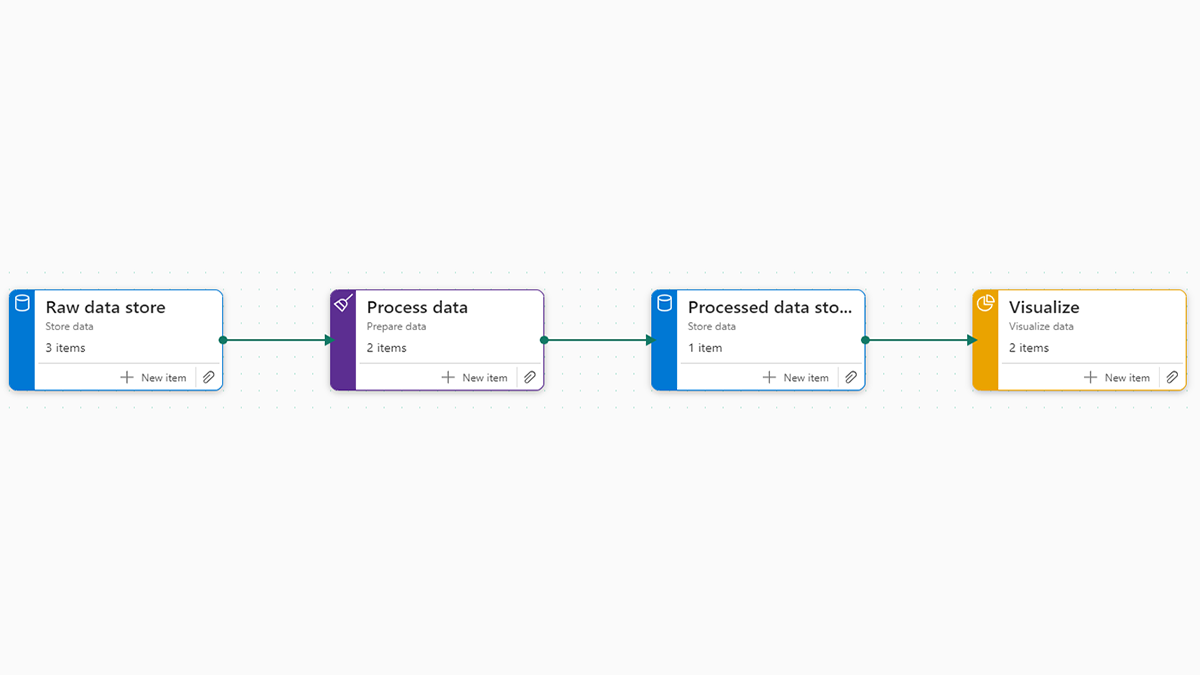Organizations today face the constant challenge of managing vast amounts of data generated from diverse sources and business activities. Our client, a leading player in their industry, encountered such an issue, where the organization and utilization of data became a significant hurdle. We are proud to share how our innovative solution, leveraging the power of Microsoft Fabric, transformed their data management and analytics capabilities.
The Challenge
Our client was grappling with disjointed data spread across multiple operational databases. Each database operated in isolation, making it difficult to obtain a unified view of their business operations. This fragmentation hindered their ability to perform comprehensive data analysis and derive actionable insights. Additionally, the lack of an integrated system for historical data storage and automated data processing further complicated their data management landscape.
Our Solution
To address these challenges, we designed and implemented a robust data pipeline and data warehousing solution using Microsoft Fabric. Our approach involved several key steps:
- Integration of Operational Databases: We began by connecting the various operational databases into a single, cohesive system. This integration enabled seamless data flow across different business functions, providing a consolidated view of the organization’s data.
- Data Warehousing with Microsoft Fabric: Utilizing the advanced capabilities of the Microsoft Fabric platform, we built a centralized data warehouse (DWH). This DWH became the cornerstone of our client’s analytical solution, serving as a unified repository for all historical data.
- Automation and Efficiency: We automated the entire data management process, ensuring that data from various sources was consistently and accurately ingested into the DWH. This automation eliminated manual interventions, reducing errors and enhancing efficiency.
- Analytical Solutions with Power BI: With the new DWH in place, we implemented a comprehensive analytical solution using Power BI. This powerful tool enabled our client to perform sophisticated data analysis, visualize trends, and generate insightful reports, all from a single, integrated platform.
The results of our solution were transformative for our client. By centralizing their data and automating the data management process, they achieved a higher level of data accuracy and consistency. The integration of operational databases into a single point of storage allowed for more reliable and comprehensive data analysis.



